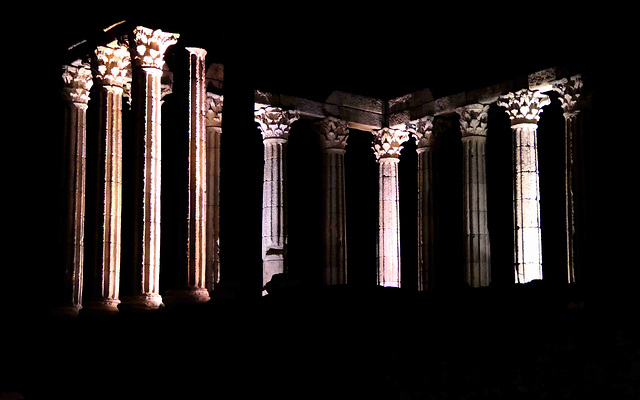Évora - Lacolada
Complexo Arqueológico dos Perdigões
Complexo Arqueológico dos Perdigões
Complexo Arqueológico dos Perdigões
Antas do Barrocal
Antas do Barrocal
Anta Grande do Zambujeiro
Anta Grande do Zambujeiro
Anta Grande do Zambujeiro
Anta Grande do Zambujeiro
Anta Grande do Zambujeiro
São Brissos
Alentejo
Pavia - São Dinis
Pavia - São Dinis
Pavia - São Dinis
Vale Maria do Meio
Antas da Valeira
Antas da Valeira
Évora - Museo de Évora
Évora - Museo de Évora
Évora - Museo de Évora
Évora - Museo de Évora
Évora - Museo de Évora
Évora - Museo de Évora
Anta da Vidigueira
Anta da Candieira
Anta da Candieira
Redondo - Castelo
Redondo - Camara Municipal
Redondo - Rosario
Moura
Moura - São João Batista
Anta 2 do Olivar da Pega
Menir do Outeiro
Menir do Outeiro
Ponte Romana da Ribeira de Pêga
Menir da Bulhoa
Menir da Bulhoa
Xerez Cromlech
Xerez Cromlech
Barragem do Alqueva
Portel - Castelo de Portel
Beja - Farturas e Malacuecos
Beja - Santo Amaro / Museum
Beja - Santo Amaro / Museum
Beja
Beja
Beja - Castelo
Ferreira do Alentejo - Capela do Calvário
Pata do Cavalo
Lousal - Mining
Lousal - Megalithic sites
Lousal - Megalithic sites
Dolmen da Pedra Branca
Miróbriga
Vila Nova de Milfontes
Vila Nova de Milfontes - Centro Comercial
Vila Nova de Milfontes
Sagres - Praia do Beliche
Menir de Padrão
Lagos
Lagos
Lagos - Igreja de Santo António
Menir da Cabeça do Rochedo
Location
Lat, Lng:
Lat, Lng:
You can copy the above to your favourite mapping app.
Address: unknown
Lat, Lng:
You can copy the above to your favourite mapping app.
Address: unknown
See also...
Keywords
Authorizations, license
-
Visible by: Everyone -
All rights reserved
-
25 visits
Évora - Templo de Diana


The Romans conquered the place in 57 BC. BC and expanded it into a walled city. The city gained importance because it was at the intersection of several important transport routes.
During the barbarian invasions, Évora came under the rule of the Visigothic king Leovigild in 584.
In 715, the city was conquered by the Moors. During the Moorish rule (715–1165), the town slowly began to prosper again and developed into an agricultural center with a fortress and a mosque.
Évora was wrested from the Moors through an attack by Geraldo Sem Pavor ("Gerald the Fearless") in 1165. The town came under the rule of the Portuguese king Afonso I in 1166. It then flourished during the Middle Ages, especially in the 15th century.
The temple is believed to have been constructed around the first century CE in honor of Augustus. The temple was destroyed during the 5th century by invading Germanic peoples.
In 1467, King Afonso V of Portugal authorized Soeiro Mendes to remove stones from the structure for building purposes and defense. The ruins of the temple were incorporated into a tower of the Castle of Évora during the Middle Ages. The base, columns and architraves of the temple were kept embedded in the walls of the medieval building. The temple-turned-tower was used as a butcher shop from the 14th century until 1836.
The first reconstitution of the temple's appearance occurred in 1789. In 1840, Cunha Rivara obtained the right to dispose of the buildings annexed to the monument. These structures were demolished, and the first great archaeological excavation was undertaken.
During the barbarian invasions, Évora came under the rule of the Visigothic king Leovigild in 584.
In 715, the city was conquered by the Moors. During the Moorish rule (715–1165), the town slowly began to prosper again and developed into an agricultural center with a fortress and a mosque.
Évora was wrested from the Moors through an attack by Geraldo Sem Pavor ("Gerald the Fearless") in 1165. The town came under the rule of the Portuguese king Afonso I in 1166. It then flourished during the Middle Ages, especially in the 15th century.
The temple is believed to have been constructed around the first century CE in honor of Augustus. The temple was destroyed during the 5th century by invading Germanic peoples.
In 1467, King Afonso V of Portugal authorized Soeiro Mendes to remove stones from the structure for building purposes and defense. The ruins of the temple were incorporated into a tower of the Castle of Évora during the Middle Ages. The base, columns and architraves of the temple were kept embedded in the walls of the medieval building. The temple-turned-tower was used as a butcher shop from the 14th century until 1836.
The first reconstitution of the temple's appearance occurred in 1789. In 1840, Cunha Rivara obtained the right to dispose of the buildings annexed to the monument. These structures were demolished, and the first great archaeological excavation was undertaken.
Nicole Merdrignac has particularly liked this photo
- Keyboard shortcuts:
Jump to top
RSS feed- Latest comments - Subscribe to the comment feeds of this photo
- ipernity © 2007-2024
- Help & Contact
|
Club news
|
About ipernity
|
History |
ipernity Club & Prices |
Guide of good conduct
Donate | Group guidelines | Privacy policy | Terms of use | Statutes | In memoria -
Facebook
Twitter

Sign-in to write a comment.